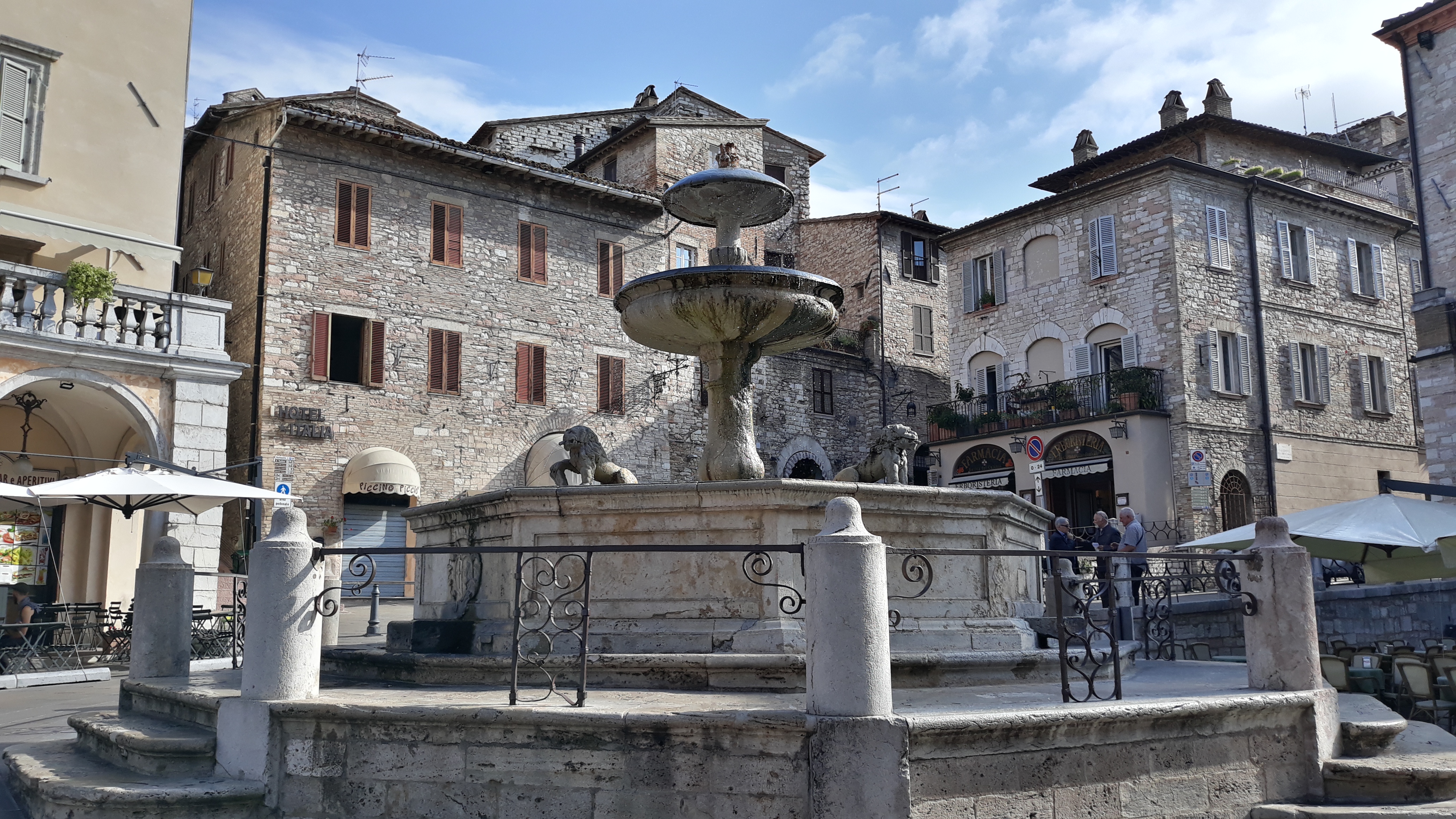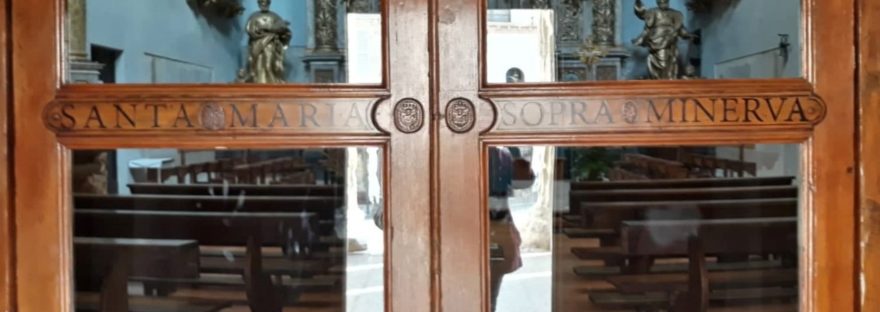As in many cities and towns around the world, in the Italian city of Assisi, all life social, political and cultural activity takes place around its main square, the “Piazza del Comune”. In many cultures it is also known as the “Piazza del Popolo” both in reference to the common folk and in reference to the people.

The Piazza del Comune is structured following the Roman model, where all the activities of the town were carried out in the Forum and the surroundings of its square. That is why we find it between the Roman Forum and a fountain located at the end, characteristics that distinguish the Roman model.
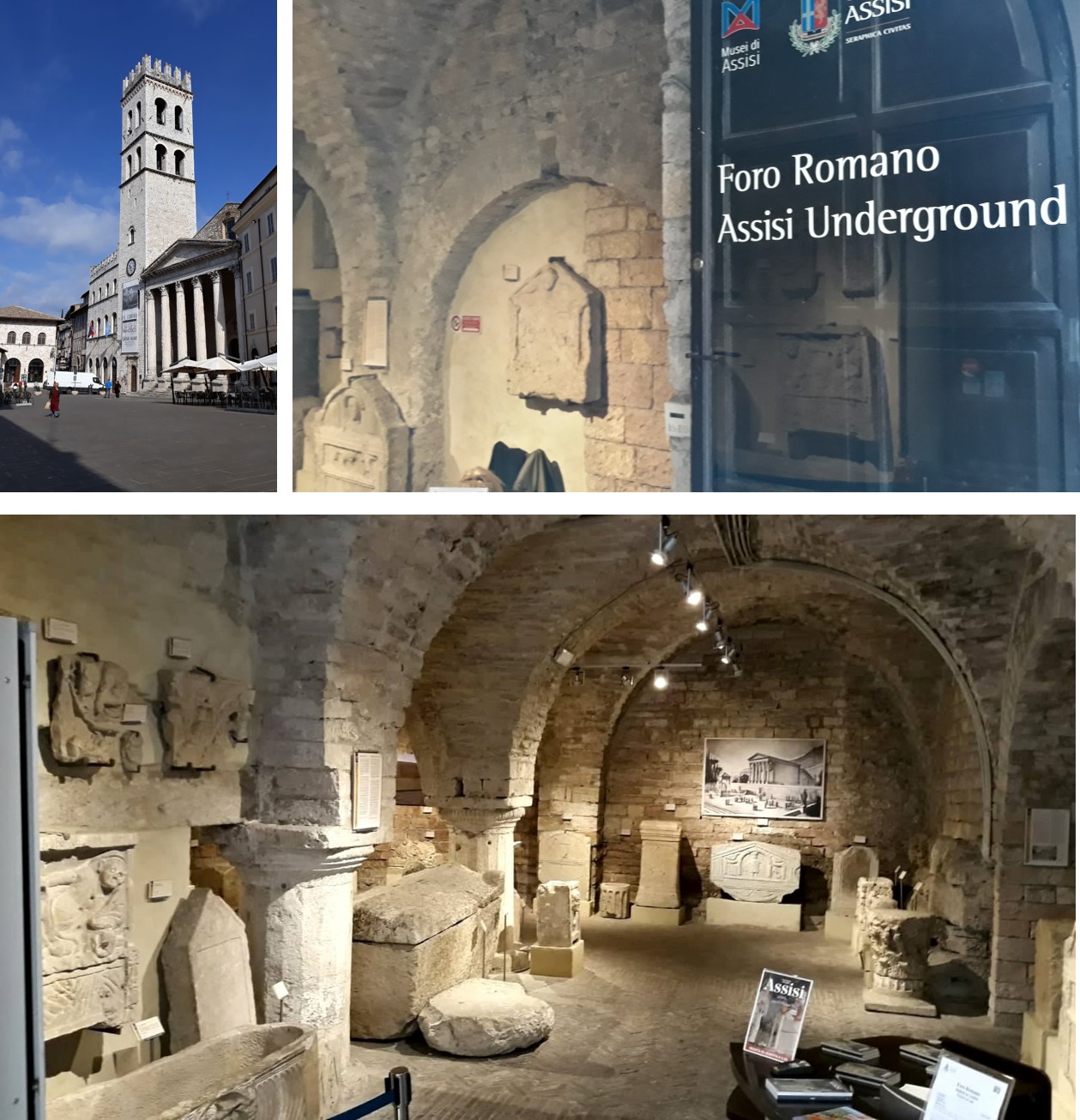
In front of the “Piazza del Comune de Assisi” is the Temple of Minerva. In Roman mythology Minerva is the goddess of wisdom, the arts, military strategy, as well as the protector of Rome and the patron saint of artisans. For these reasons, we should not be surprised to find a temple dedicated to Minerva on the Capitoline Hill in Rome, as well as other temples dedicated to this goddess throughout the empire.
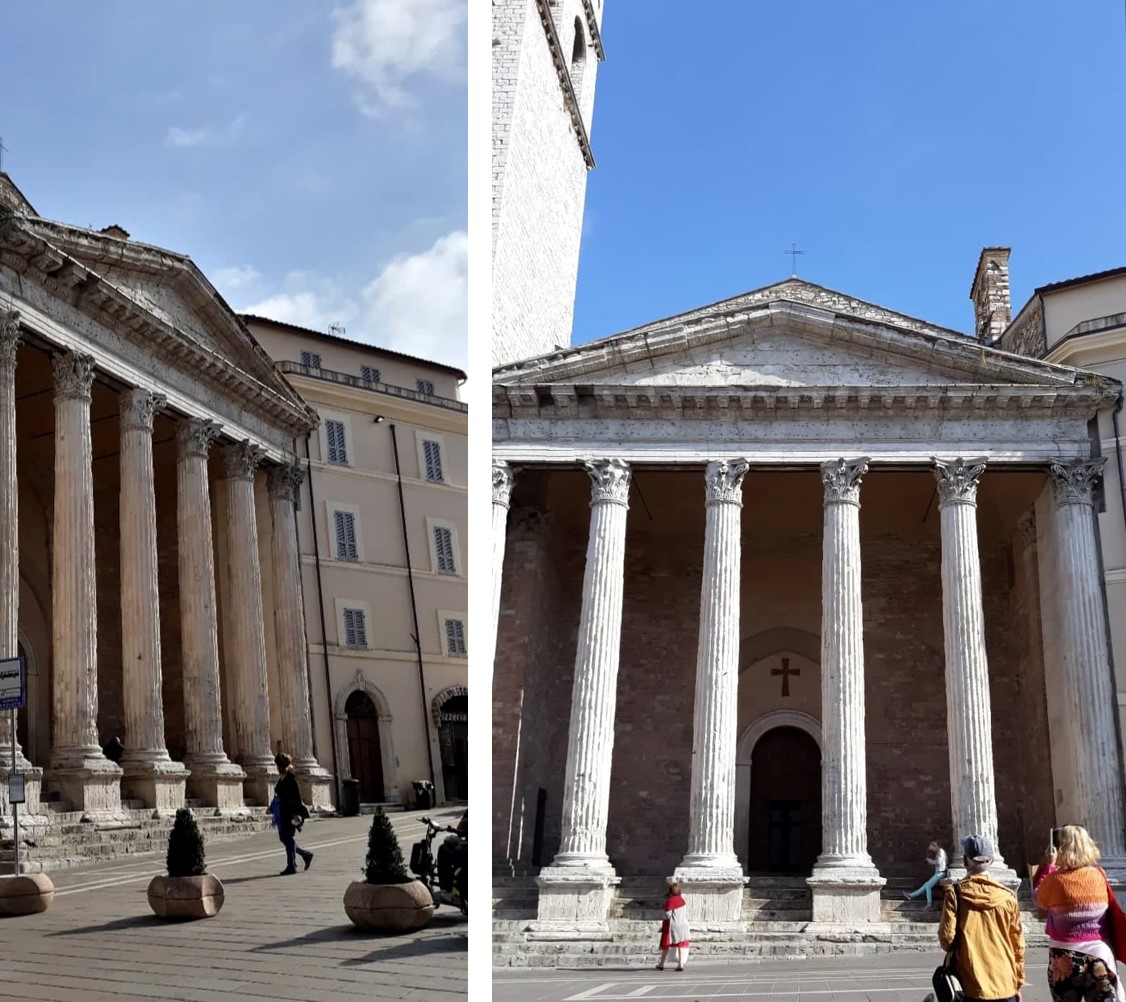
This Temple of Minerva was built in the first century B.C. and it has had diverse uses over the years. Today, only the original facade of the temple remains. It is behind that facade that in the year 1539 the Church “Santa Maria sopra Minerva” is built, this means that it is the church dedicated to Santa Maria on the Temple to Minerva.
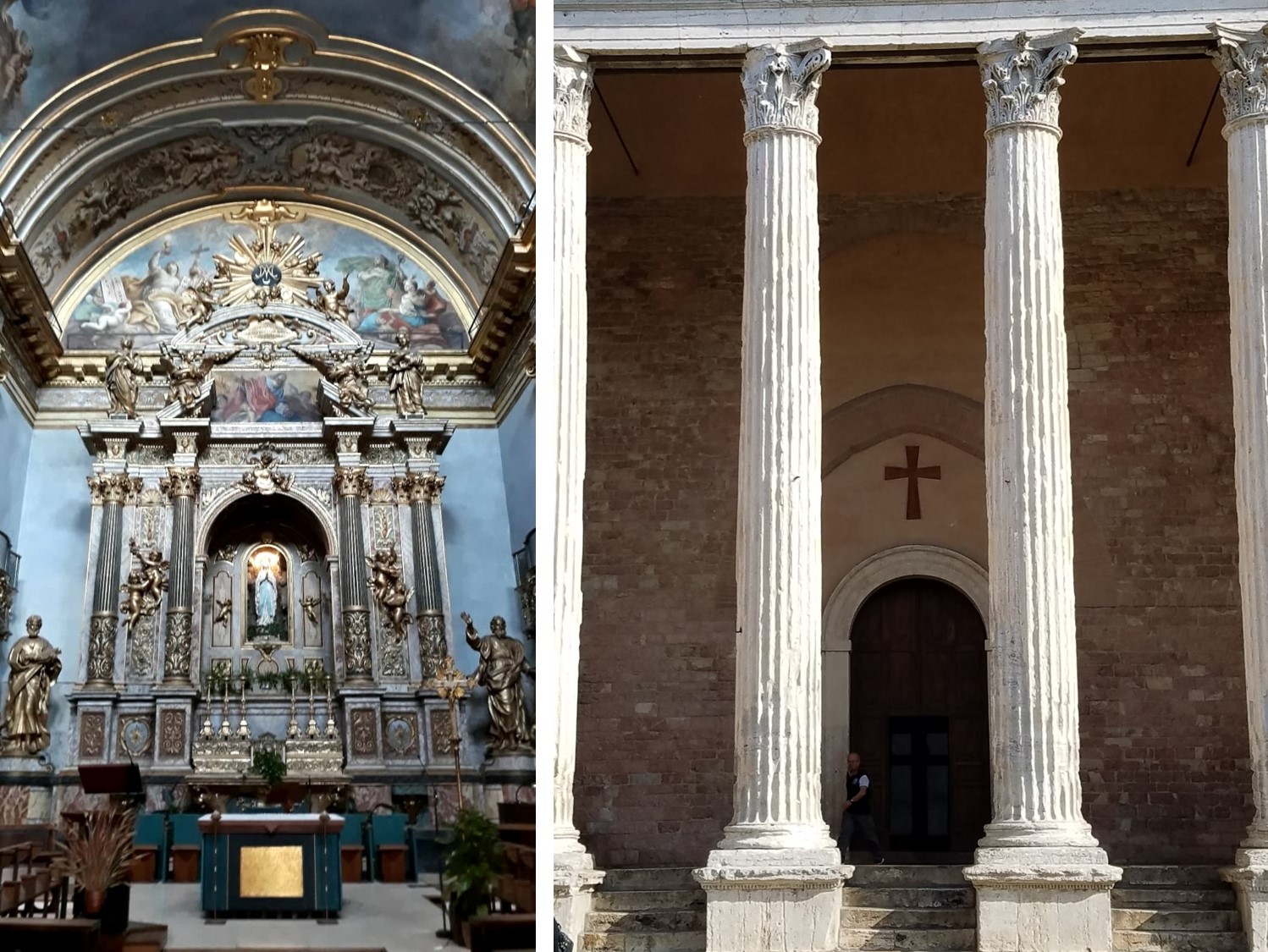
The church was rebuilt in the Baroque style in the seventeenth century. The Fountain at the end of the square is known as the Fountain of the Three Lions.
